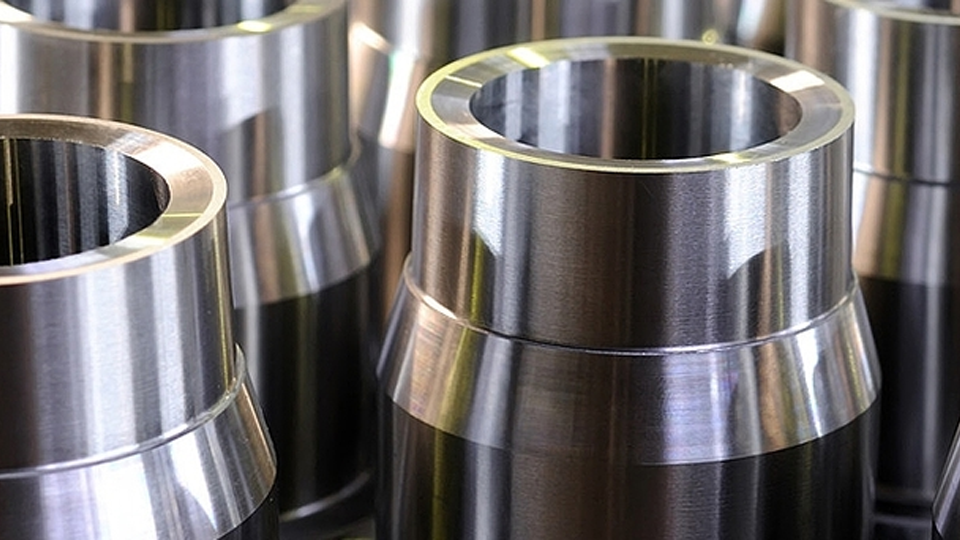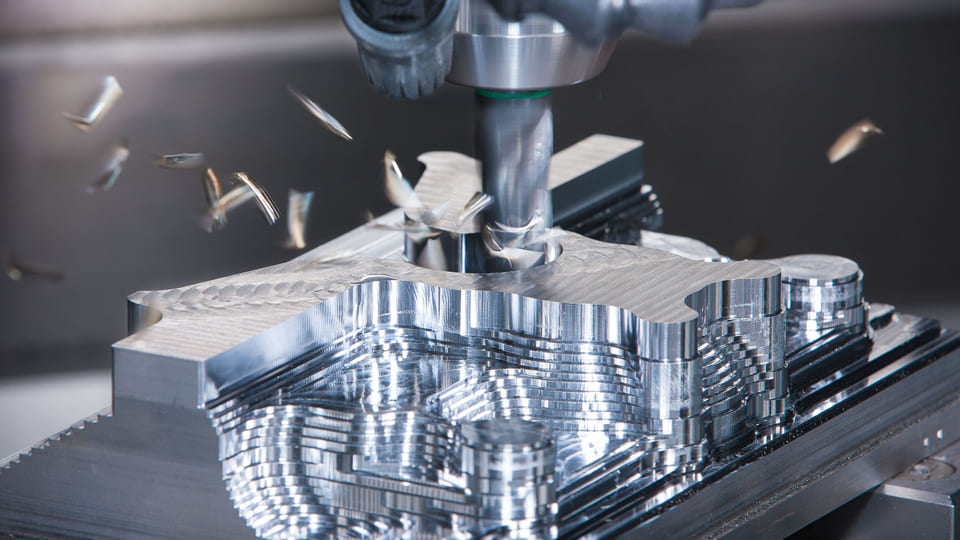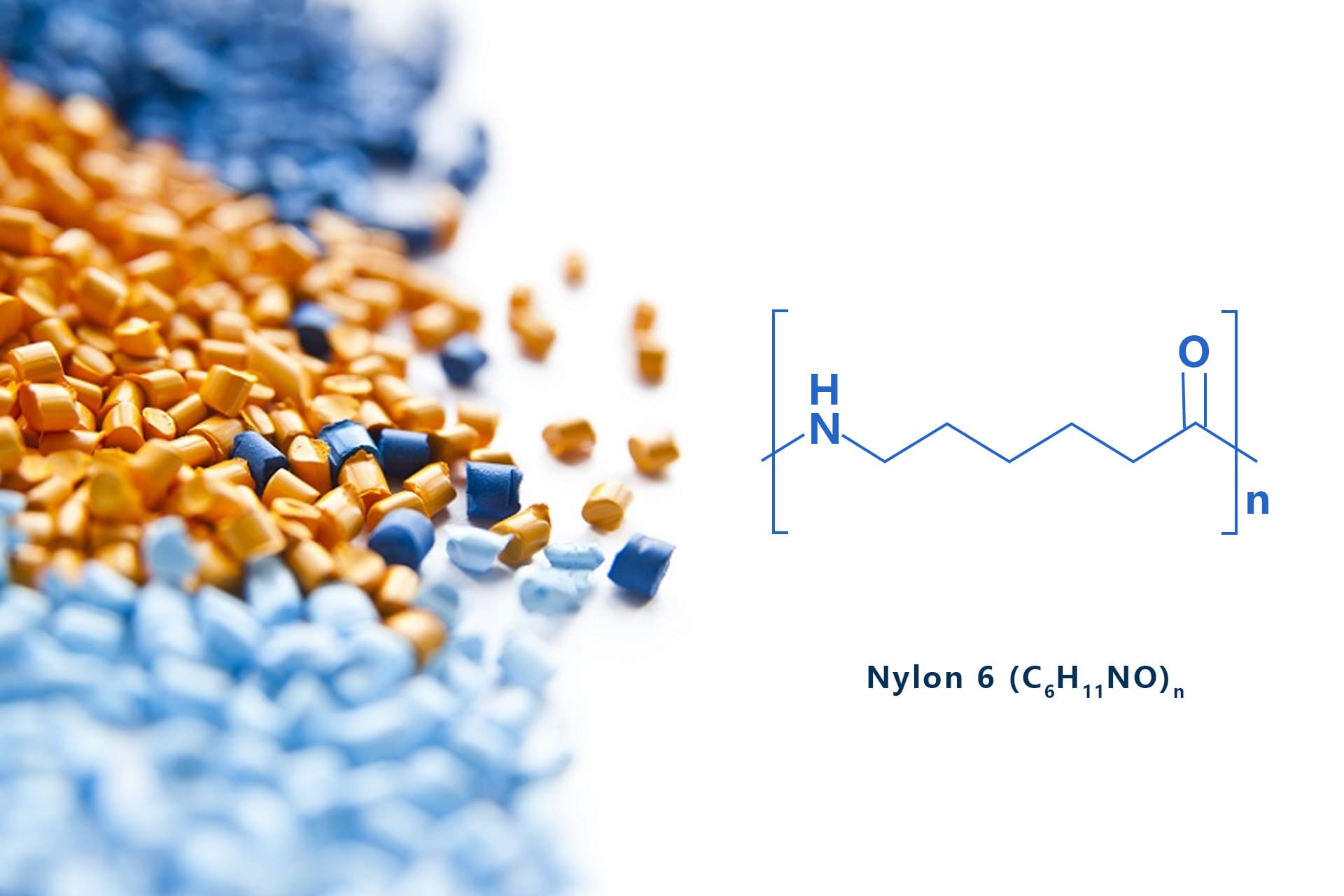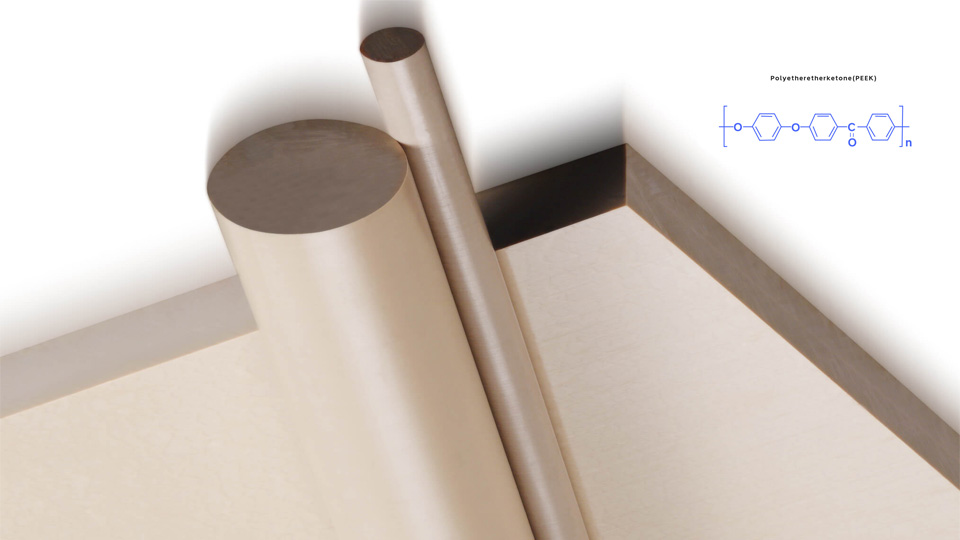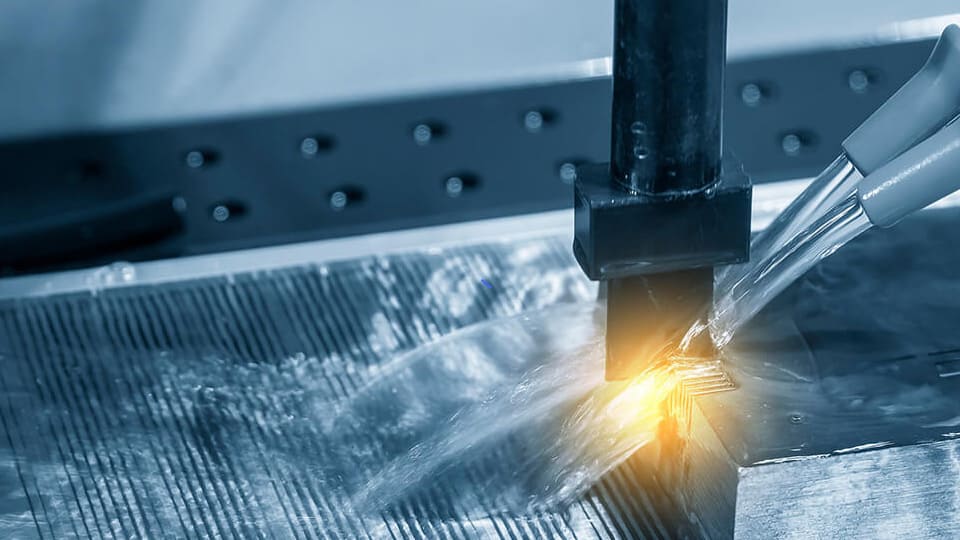Chrome plating refers to the process of applying a thin layer of chrome onto another metal(like aluminum). This can increase hardness and durability on the surface, prevent corrosion, and even make it easier to clean. This article will give a step-by-step guide to aid in learning how to chrome plate aluminum.
Overview of Chrome and Aluminum
Chrome is a silvery-white metal with strong passivation properties. It quickly forms a protective oxide layer in the atmosphere, which helps it maintain its shine over long periods. Chromium is highly stable in corrosive media such as alkalis, nitric acid, sulfides, carbonates, and organic acids. Chromium has unique properties such as high hardness (800 HV), excellent corrosion resistance, and good heat resistance, which makes it widely used as a protective and decorative coating.
The advantages of aluminum and its alloy include high strength, low density, lightweight, and ease of processing. They can be made into parts that require a high strength-to-weight ratio, as well as complex casted components that are difficult to machine. However, aluminum and its alloys have some shortages such as intergranular corrosion, low surface hardness, and poor wear resistance. To overcome these weaknesses and extend the lifespan of aluminum parts, electroplating can be used to deposit a chrome coating on the surface.
Process of Chrome Plate Aluminum
Can you chrome plate aluminum? The answer is, of course, yes. It is well recognized that electroplating of aluminum is tricky, and the root cause of this problem is the highly active chemical behavior of this metal. Because aluminum has a very negative electrochemical potential (-1.67V), a strong affinity for oxygen, and a tendency to oxidize easily, working with this metal can be tricky. The higher coefficient of expansion of aluminum, compared to most metals, also contributes to internal stress in the plating layer. Aluminum is an amphoteric metal means it is unstable in both acid and alkaline environments. Besides, the surface of an aluminum part generally contains residual electrolytes from cracks and micropores, which can negatively affect the adhesion of the plating layer. Therefore, the key to successful electroplating of aluminum remains in solving the problem of adhesion.
The pretreatment of aluminum and its alloys is needed to make a high-quality coat. The conditions which the surface should comply with are as follows:
- A completely clean surface free from oxidation and oil contamination.
- The metal directly contacting the aluminum should have a lattice constant very similar to that of aluminum and a relatively small atomic radius.
Chrome Plate Aluminum Operations
The step-by-step guide for chrome plate aluminum is as below:
- Degreasing with organic solvents
Commonly used organic solvents include gasoline, carbon tetrachloride, trichloroethylene, etc. Surface oil stains can be removed by soaking, manual brushing or ultrasonic cleaning.
Here, we use gauze and gasoline to wipe the oil stains on the surface of the parts.
- Degreasing with alkaline washing
Remove the oil stains on the surface of the aluminum parts, dissolve the surface oxide film, expose the matrix crystallization, and make the parts have an ideal surface state before plating.
| Sodium hydroxide | 15-20 g/L |
| Sodium carbonate | 15-20 g/L |
| Sodium phosphate | 15-20 g/L |
| Sodium silicate | 5-10 g/L |
| Corrosion Inhibitor | Appropriate amount |
| Temperature | 60-70 ℃ |
| Time | 1-3 minutes |
- Acid pickling and brightening
The purpose of this operation is to remove the residues from alkali corrosion, as well as other surface contaminants, ensuring that the substrate’s crystalline structure is fully exposed. Depending on the base material, different solution preparation methods should be selected.
| Conditions | Pure aluminum and aluminum alloys | Cast aluminum and aluminum with high silicon content | Aluminum and aluminum-magnesium alloys |
| Sulfuric acid | N/A | N/A | 25% |
| Nitric Acid | 50% | 75% | 50% |
| Hydrofluoric acid | N/A | 25% | N/A |
| Temperature | Room temp. | Room temp. | Room temp. |
| Time | 1-2min | 30-50s | 3-5 min |
- Zin-Nickel Immersion Film
We have adopted a primary zinc-nickel alloy immersion method. The chemical zinc-nickel alloy process is developed from the zinc salt immersion method, overcoming many of the shortcomings of the chemical zinc salt immersion process. It is more suitable for pre-treating a variety of aluminum and aluminum alloy parts. After chemical zinc-nickel treatment, the resulting alloy displacement layer has a dense, bright crystalline structure, and good adhesion, and eliminates the need for the toxic cyanide copper pre-plating process. Additionally, this method produces less solution waste during treatment, making it easier to clean and more user-friendly in operation.
The solution preparation method is as below:
| Zinc Oxide | 5-15 g/L |
| Sodium hydroxide | 85-120 g/L |
| Potassium sodium tartrate | 10-15 g/L |
| Ferric chloride | 2 g/L |
| Sodium nitrate | 1-1.5 g/L |
| Nickel chloride | 15-20 g/L |
| Additives | 3 g/L |
| Temperature | Room temp. |
| Time | 1-1.5min |
Using a zinc-nickel alloy solution containing ferric chloride helps to improve adhesion and corrosion resistance. When preparing the solution, ferric chloride and potassium sodium tartrate are dissolved separately first and then mixed to prevent the hydrolysis and precipitation of ferric chloride.
- HEDP copper plating
The chemical displacement layer obtained through zinc-nickel immersion is very thin. If any electroplating solution penetrates the zinc layer and corrodes the aluminum substrate, it will lead to a poor-quality coating. The electroplated layer itself must also have a certain level of toughness.
To achieve a fine, bright, and dense crystalline structure with good adhesion, parts should be treated by HEDP copper plating. This step helps deposit a copper layer with strong adhesion on the zinc-nickel alloy layer, ensuring a solid bond between the chrome plating and the substrate.
The solution preparation method and conditions are as below:
| Copper | 9-14 g/L |
| HEDP(60%) | 140-180 g/L |
| Potassium carbonate | 40-70 g/L |
| pH value | 8-10 g/L |
| Current density | 1-2 A/dm2 |
| Temperature | 20-40 ℃ |
| Time | 0.5-2 min |
If the surface quality of the part substrate is high or the requirements for the coating quality are not particularly strict, the HEDP copper plating process can be omitted and bright copper can be plated directly.
- Bright copper plating
The anode of this process is a phosphor copper plate, and the sulfate copper plating process is used to improve the brightness of the workpiece and shorten the nickel plating time.
| Copper sulfate | 150-190 g/L |
| Sulfuric acid | 60-80 g/L |
| Brightener | Appropriate amount |
| Current density | 1-2 A/dm2 |
| Temperature | Room temp. |
| Time | 5-15 min |
- Nickel plating
Nickel plating solutions must be carefully maintained, ensuring that there are not too many impurities, especially organic contaminants. Otherwise, the plating may develop bubbles or peel off, and it could increase the brittleness of the coating.
The primary and secondary brighteners in the nickel plating bath should be properly balanced to reduce the hardness and tension of the plating. This helps to minimize the internal stress within the coating and improve its ductility.
| Nickel sulfate | 180-260 g/L |
| Nickel chloride | 25-35 g/L |
| Boric acid | 25-30 g/L |
| Brightener | Appropriate amount |
| Current density | 2-4 A/dm2 |
| Temperature | 45-55 ℃ |
| Time | 5-8 min |
- Chrome plating
The chrome plating formula requires appropriate adjustments depending on the pre-plating process used. Additionally, the appearance of the plating can vary significantly due to the different additives used in the process.
After plating, a hydrogen removal treatment is necessary. The baking temperature should be 160°C, and the baking time should be 1 hour. This hydrogen removal process helps to eliminate the internal stress formed between the plating layer and the substrate, improving the adhesion strength between them.
| Chromic anhydride | 100-180 g/L |
| Sulfuric acid | 0.3-1.2 g/L |
| Rare earth additives | 1.5-2.0 g/L |
| Current density | 40-45 A/dm2 |
| Temperature | 50-55 ℃ |
| Time | 5-8 min |
Chrome Plating Performance Test
The chrome plating layer not only offers excellent corrosion resistance and a smooth, glossy appearance, but provides strong adhesion, high hardness, and good wear resistance.
Tests for the adhesion of chrome plating include heating, bending, and impact methods. After testing, no peeling or delamination was observed, indicating good adhesion.
Hardness testing should consider factors such as part size, substrate material, plating thickness, indentation diameter, and applied load. The Vickers microhardness tester is commonly used for measuring the hardness of the plating layer. Depending on the thickness, a load of 5g to 200g is applied to ensure the indentation depth reaches 1/7 to 1/10 of the plating thickness. A Rockwell hardness tester can be used for chrome plating layers thicker than 100 µm.
Wear resistance is typically assessed using thickness reduction, mass loss, volume wear, abrasive media consumption, cutting thickness time, and radioactive isotope methods.
Experiments have shown that chrome plating with a Vickers hardness of 7355 MPa to 7845 MPa exhibits significant wear resistance. The thickness of the chrome plating also has a direct relationship with its wear resistance and affects the service life of the coating.
